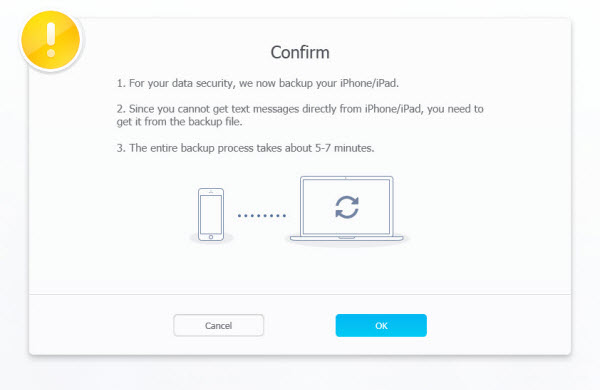

Unfortunately, Apple doesn't offer a smart way to manage your messages in iCloud. Interestingly, deleting these attachments works the same whether you're using Messages on iCloud or not. That's why you can end up having way more "Messages" data in iCloud than you do on your actual iPhone. If iOS determines you don't have enough room internally, it begins deleting that content from your device. Those items also remain on your iPhone, so long as you have enough internal storage to keep them. Every iMessage and SMS, as well as every MMS, GIF, video, picture, and other types of media files you might send and receive, are all right there in the cloud as you have available iCloud storage to fill. With Messages on iCloud, Apple stores your entire messaging history on its servers. Don't Miss: Eliminate Unwanted Texts & iMessages on Your iPhone to Avoid Spam, Scams & Phishing Attacks.

What's likely stealing all the storage space are all the attachments you send and receive - audio, photos, stickers, videos, GIFs, and files. Sure, you might have a lot of text-based messages in your history, but I bet they aren't really taking up that much space on your iPhone. Since SMS texts and text-only iMessages don't contain any media, they take up very little space since each text-based message is of very small size. That may sound confusing, but I'll explain everything below, starting with: How could your messages possibly be taking up so much data?
#How to save text messages from iphone on icloud free
But if deleting message after message doesn't free up your storage much, it's likely because "Messages" doesn't really mean messages. When iOS starts barking at you that you've run out of iCloud or iPhone storage, a quick trip to your settings to see what the culprit is may show that Messages is one of the worst offenders.


 0 kommentar(er)
0 kommentar(er)
